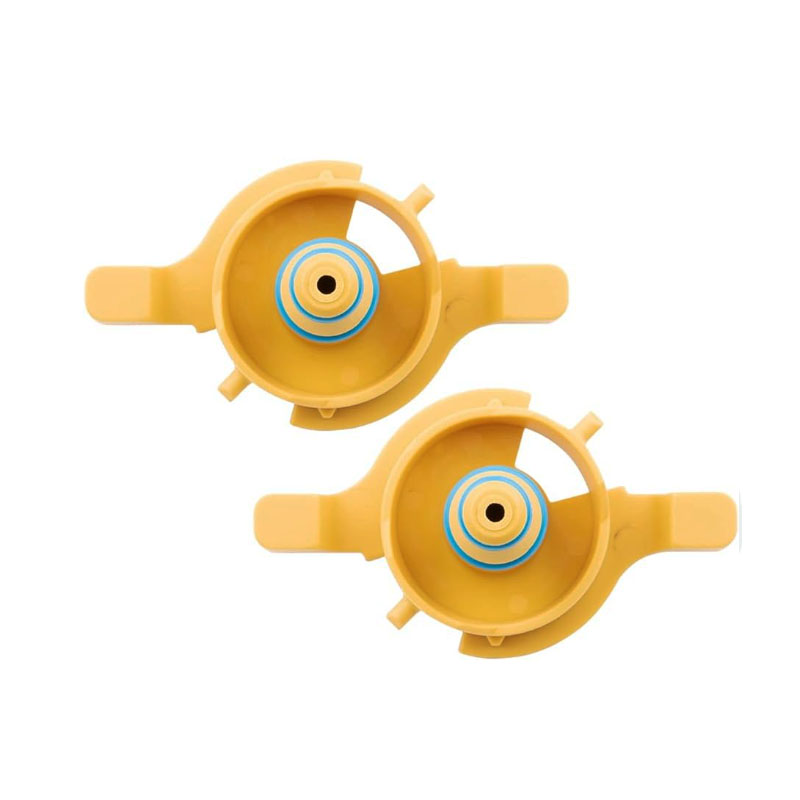rear diff axle seal
Understanding Rear Differential Axle Seals Importance, Function, and Maintenance
The rear differential axle seal is a critical component of any vehicle that uses a rear differential setup. It plays a pivotal role in maintaining the performance and longevity of the vehicle's drivetrain. As vehicles age, these seals can wear out, leading to leaks and potential damage to the differential and associated components. This article delves into the function of the rear differential axle seal, the symptoms of a failing seal, the importance of regular maintenance, and how to replace it if necessary.
Function of Rear Differential Axle Seal
The primary function of the rear differential axle seal is to prevent gear oil from leaking out of the differential housing. This gear oil is essential for lubricating the gears, bearings, and other components of the differential, allowing them to function smoothly under various driving conditions. The rear differential axle seal acts as a barrier, ensuring that the lubrication remains contained within the differential casing while keeping dirt, mud, and moisture from entering.
Moreover, a properly functioning axle seal supports the overall integrity of the vehicle's drivetrain. When the seal is compromised, it can lead to a range of issues, including inadequate lubrication of the differential gears, which can result in excessive wear and eventual failure. Therefore, keeping the rear differential axle seal in good condition is crucial for maintaining the vehicle’s performance and reliability.
Symptoms of a Failing Axle Seal
Recognizing the signs of a failing rear differential axle seal is essential for prompt maintenance and repair. Common symptoms include
1. Fluid Leakage One of the most obvious signs of a failing seal is the presence of gear oil puddles underneath the rear axle or near the wheels. This leakage may start out small but can worsen over time, leading to significant fluid loss.
2. Unusual Noises If you hear grinding or whining noises emanating from the rear differential, it may be a sign that the gears are not adequately lubricated due to fluid leakage. This noise can indicate that the differential is under stress and may suffer damage if not addressed.
3. Gear Slippage In more severe cases, a failing axle seal could lead to gear slippage or poor performance during acceleration. This symptom indicates that the differential is not functioning optimally and requires immediate attention.
4. Warning Lights Some modern vehicles feature dashboard warning lights for fluid levels. If your vehicle has such a system, a warning light may illuminate if there is a significant drop in differential fluid due to a seal failure.
rear diff axle seal

Importance of Regular Maintenance
Regular maintenance of your vehicle's differential system, including the axle seals, is crucial to prevent costly repairs in the long run. It is advisable to check the condition of the axle seals during routine vehicle inspections. Flushing and replacing the differential fluid according to the manufacturer’s recommendations also help in prolonging the life of axle seals and other components.
Consider consulting your vehicle's manual for specific maintenance intervals regarding differential fluid changes. Additionally, if you notice any of the symptoms mentioned above, it is best to address the issue as soon as possible to avoid further damage.
Replacing the Rear Differential Axle Seal
If a rear differential axle seal does fail, the replacement process can usually be accomplished with some basic mechanical skills and tools. Here are the general steps involved
1. Lift the Vehicle Safely lift and secure the vehicle using jack stands. 2. Remove the Wheel Take off the respective wheel to access the axle.
3. Extract Components Remove the brake assembly, brake rotor, and other components blocking access to the axle shaft.
4. Remove the Old Axle Seal Use a seal puller or a flat-head screwdriver to carefully extract the old seal without damaging the surrounding components.
5. Install the New Seal Lubricate the new axle seal with a bit of differential fluid and press it into place using a seal installer or a suitable tool to ensure it is seated properly.
6. Reassemble Reassemble all components in reverse order, refill the differential with the appropriate fluid, and check for leaks.
In conclusion, rear differential axle seals are vital for maintaining the efficiency and durability of a vehicle's drivetrain. Understanding their function, recognizing the symptoms of failure, and ensuring regular maintenance can greatly enhance your vehicle's performance and prevent more extensive damage in the future. If a seal replacement is necessary, it is a task that can be accomplished by most car enthusiasts or mechanics. Whether performing routine checks or replacing worn-out components, a proactive approach can save time and money while ensuring a more reliable driving experience.
-
Simplifying Oil Changes: A Comprehensive Guide to Oil Drain Plugs and Their Variants
News Aug.04,2025
-
Mastering Oil Drain Maintenance: Solutions for Stripped, Worn, and Upgraded Oil Plugs
News Aug.04,2025
-
Fixing Oil Pan Plug Issues: Leaks, Stripped Nuts, and the Right Replacement Solutions
News Aug.04,2025
-
Everything You Need to Know About Oil Drain Plugs: Sizes, Fixes, and Upgrades
News Aug.04,2025
-
Choosing the Right Oil Drain Plug: A Guide to Sizes, Materials, and Drain Innovations
News Aug.04,2025
-
A Complete Guide to Automotive Drain Plugs: Types, Problems, and Innovative Solutions
News Aug.04,2025
-
The Ultimate Guide to Car Repair Kits: Tools and Essentials Every Driver Should Own
News Aug.01,2025
Products categories















